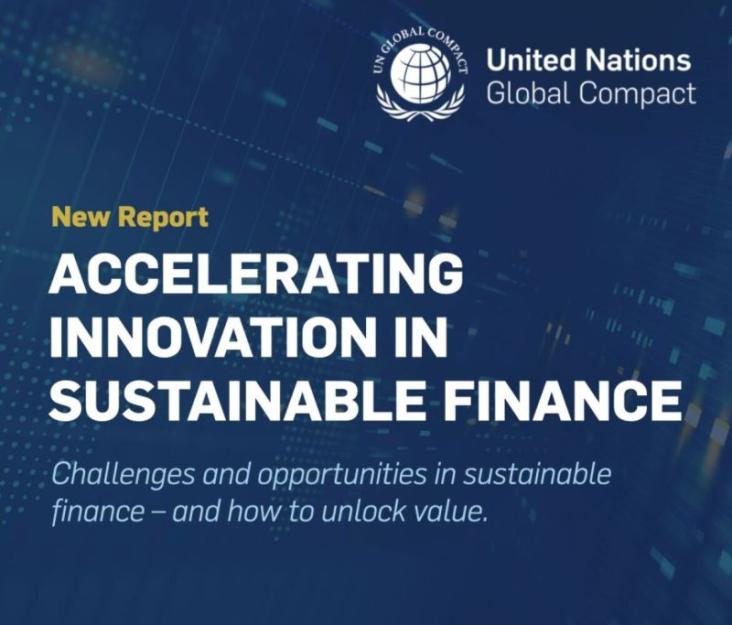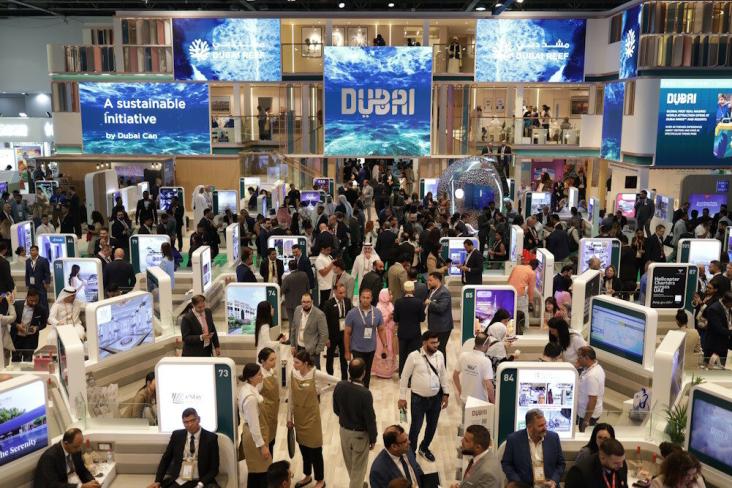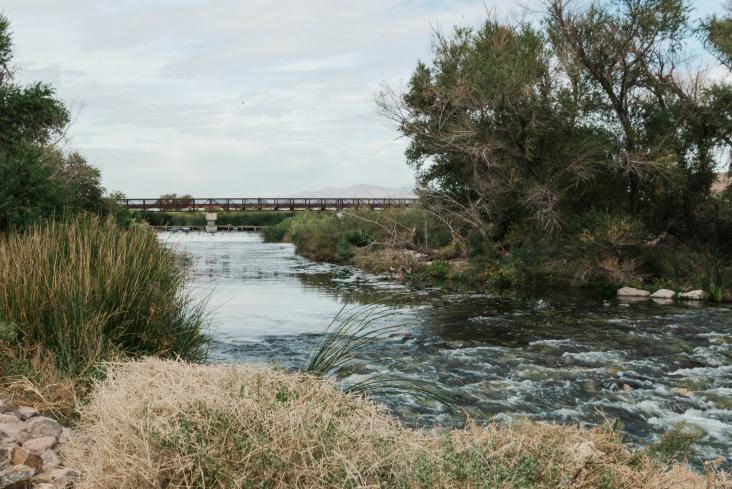
The UNGC's latest report on “Accelerating Innovation in Sustainable Finance” offers models for businesses on how to deliver financial returns and positive global impact – together.
This chapter aligns with SDGs 7, 11, and 13, by introducing solar chimney power plants as a clean energy solution, and their role in supporting sustainable communities and climate.
The expansion of bioeconomy strategies focused on growth and technology in the Brazilian Amazon risks reinforcing colonial and exploitative patterns. To ensure environmental justice, development must shift toward community-centered, post-growth forest futures.

In November, 197 countries plus the European Union will convene in Baku, Azerbaijan for the 29th session of the Conference of the Parties to the United Nations Framework Convention on Climate Chang


